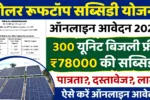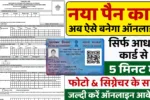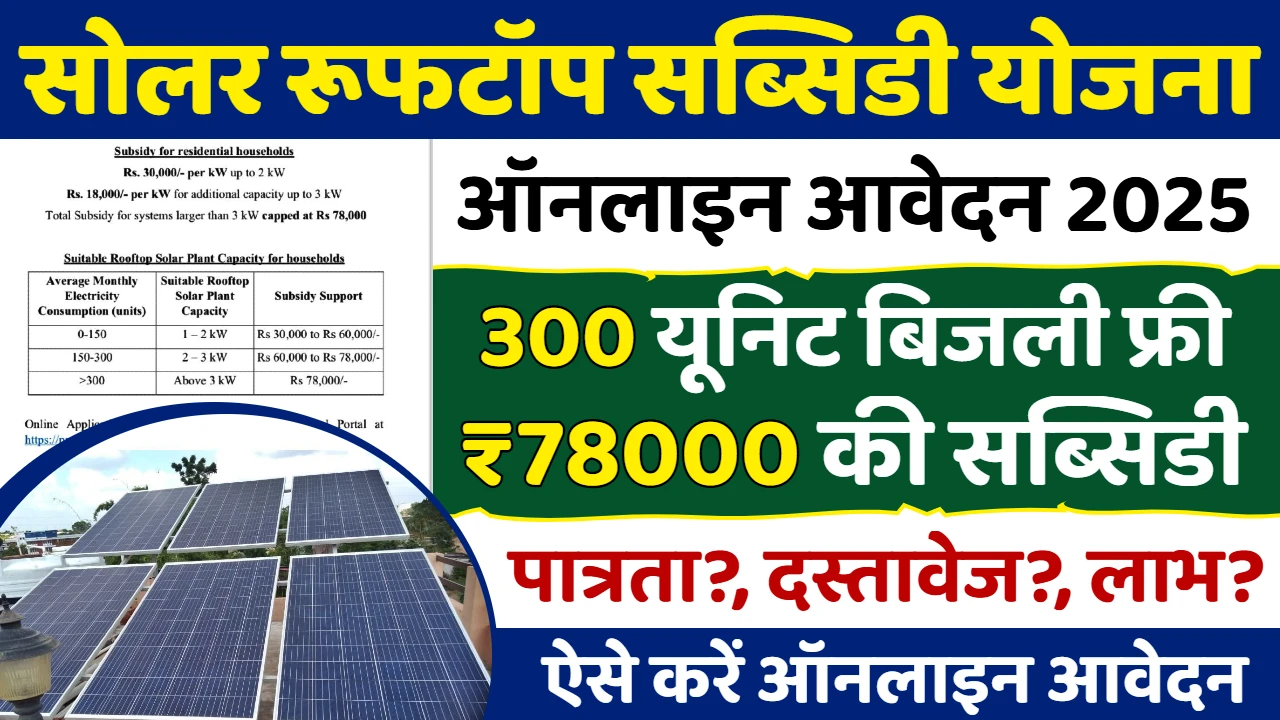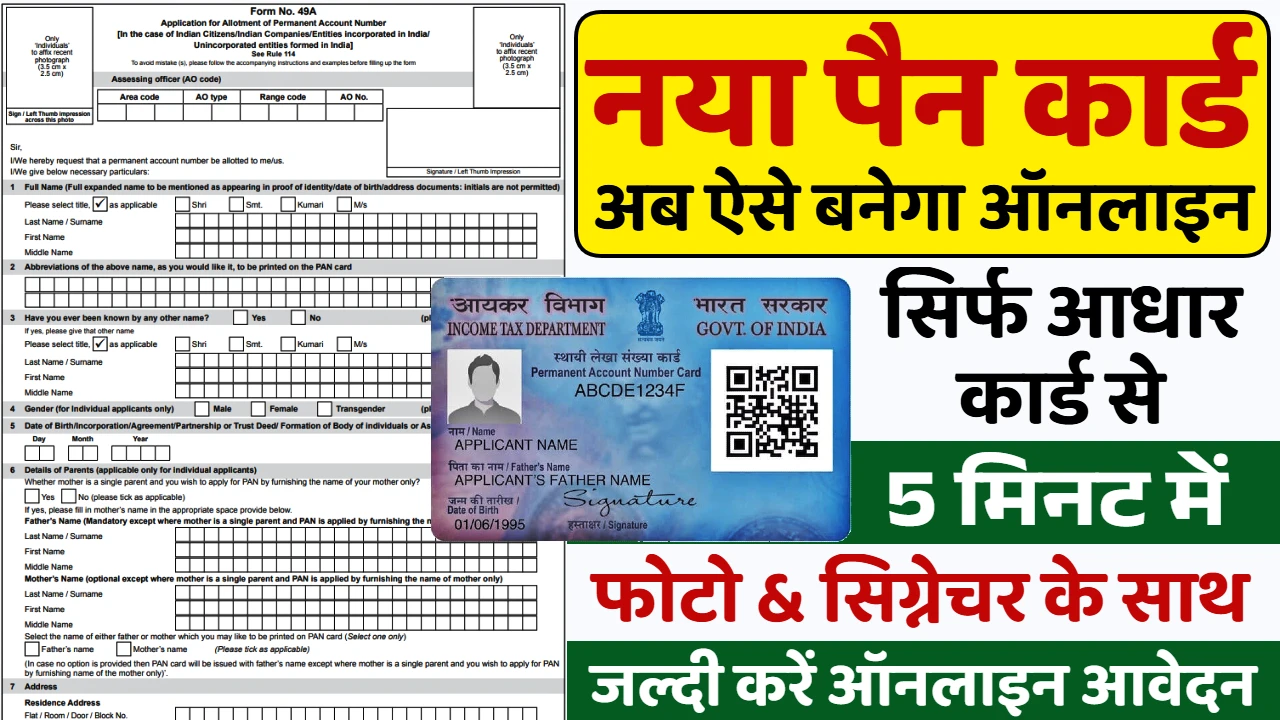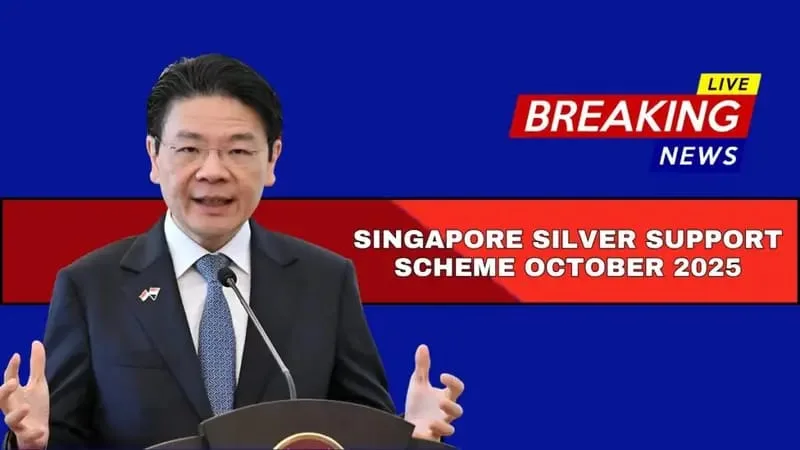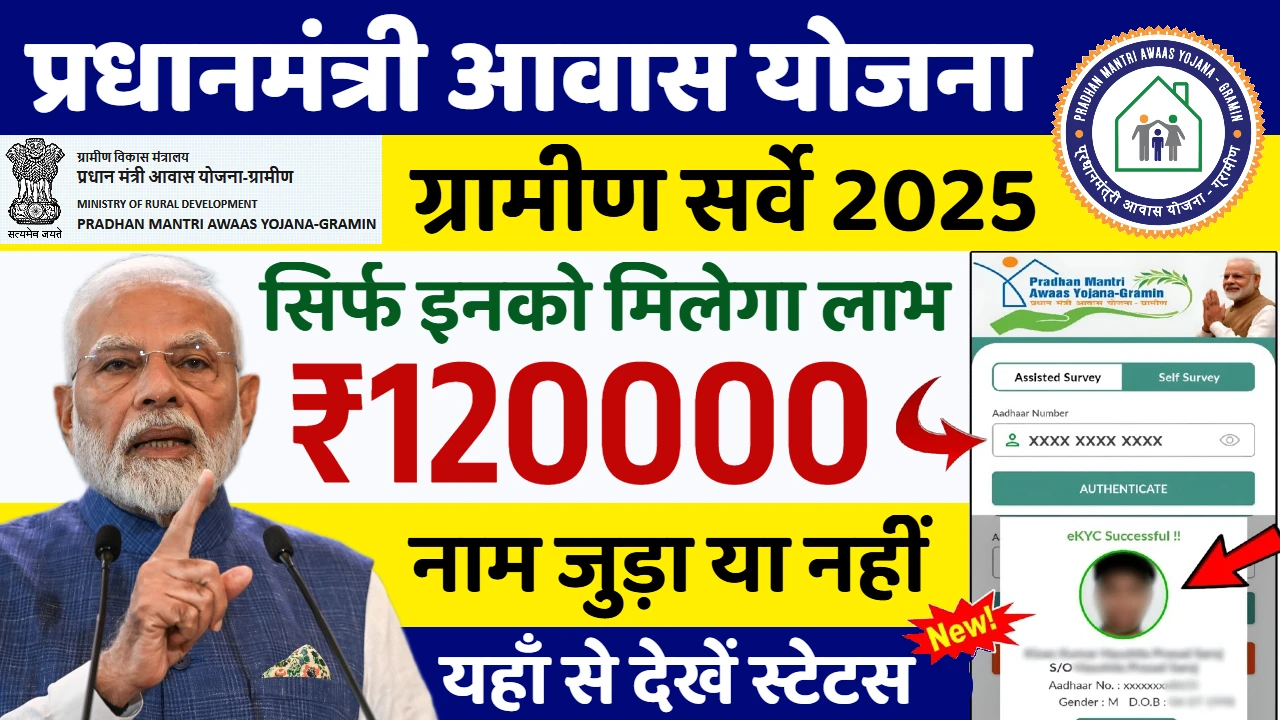For millions of Indian households, small savings schemes offered by the government through post offices and various banks remain a cornerstone of financial planning. These schemes are not just about saving; they are about securing futures, funding education, and building retirement nests. As we navigate through 2025, understanding the prevailing interest rates is crucial for making informed investment decisions. The Ministry of Finance periodically reviews these rates, impacting the returns on popular instruments like PPF, NSC, Sukanya Samriddhi Yojana, and Senior Citizens’ Savings Scheme.1
The Current Scenario: Stability Amidst Rate Fluctuations 🔄
As of the second quarter of Financial Year 2025-26 (July 1, 2025, to September 30, 2025), the government has opted to maintain the interest rates on most small savings schemes.2 This decision comes despite the Reserve Bank of India (RBI) implementing significant repo rate cuts earlier in the year. The government’s stance appears to prioritize stability for small savers, who heavily rely on these schemes for secure and predictable returns. This commitment reflects a balancing act between market dynamics and the need to protect the interests of a large segment of the population.
- Public Provident Fund (PPF): Continues to offer an attractive 7.1% annually, compounded.3 This remains a popular choice for long-term tax-saving investments.
- National Savings Certificate (NSC): Stands at 7.7% compounded annually, payable at maturity after five years. It’s a reliable option for those seeking a fixed-income instrument with tax benefits.
- Senior Citizen’s Savings Scheme (SCSS): Offers a robust 8.2% interest per annum, paid quarterly.4 This scheme is a vital income source for retirees.
- Sukanya Samriddhi Yojana (SSY): Continues to provide one of the highest rates at 8.2% annually, compounded.5 This scheme is specifically designed to secure the financial future of girl children.6
- Kisan Vikas Patra (KVP): Offers 7.5% interest, with investments maturing in 115 months, effectively doubling the invested amount.
- Post Office Monthly Income Scheme (POMIS): Provides a regular monthly income at a rate of 7.4% per annum.
- Post Office Time Deposits (TD): Rates vary based on tenure:
- 1 Year TD: 6.9%7
- 2 Year TD: 7.0%
- 3 Year TD: 7.1%
- 5 Year TD: 7.5%
- Post Office Savings Deposit: Remains at 4% per annum.
- 5 Year Recurring Deposit: Offers 6.7% per annum.8
Behind the Numbers: How Rates Are Determined 📊
The interest rates on small savings schemes are reviewed quarterly by the government, based on the recommendations of the Shyamala Gopinath Committee.9 This methodology links these rates to the yields of government bonds with corresponding maturities, typically with a spread of 25 to 100 basis points above the bond yields.10 However, it’s important to note that the government retains the discretion to deviate from these recommendations, as seen in the current quarter where rates have been kept stable despite a softening of bond yields due to RBI’s repo rate cuts. This flexibility allows the government to consider broader economic objectives and the welfare of small savers. The past few years have seen the government largely maintaining rates, demonstrating a commitment to supporting household savings.11
Why Small Savings Schemes Remain Relevant 🛡️
Despite the emergence of various market-linked investment options, small savings schemes continue to hold their appeal for several compelling reasons:
- Sovereign Guarantee: Backed by the Government of India, these schemes offer unparalleled security of capital, making them ideal for risk-averse investors.
- Predictable Returns: The fixed interest rates provide certainty, allowing investors to plan their financial goals with confidence.
- Tax Benefits: Many schemes, such as PPF, NSC, and SCSS, offer tax deductions under Section 80C of the Income Tax Act, and in some cases, the interest earned is also tax-exempt.12
- Ease of Access: These schemes are widely accessible through a vast network of post offices and authorized banks, especially beneficial for investors in semi-urban and rural areas.13
- Financial Inclusion: They play a crucial role in promoting financial inclusion by encouraging a savings habit among diverse sections of society.
For those looking for stability and assured returns, especially in a volatile market environment, these schemes present a robust and reliable avenue for wealth creation and financial security.
Looking Ahead: What Influences Future Rates? 🤔
While rates are currently stable, several factors could influence future revisions:
- RBI’s Monetary Policy: Further changes in the repo rate by the Reserve Bank of India will continue to exert pressure on bond yields, which in turn could influence small savings rates.
- Inflation Trends: The inflation trajectory is a significant consideration. If inflation remains high, the government might feel pressure to offer competitive rates to ensure real returns for savers.
- Government Borrowing Program: The government’s need to raise funds through market borrowings can also impact bond yields and, consequently, the small savings rates.
- Overall Economic Growth: The broader economic health of the country plays a role in policy decisions related to interest rates.
Investors should remain vigilant and track announcements from the Ministry of Finance for any future revisions. While short-term market dynamics may fluctuate, the government’s long-term commitment to fostering a savings culture through these schemes is likely to remain a priority.
Frequently Asked Questions (FAQs) ⁉️
1. Are small savings schemes interest rates fixed for the entire tenure of the investment?
No, the interest rates for small savings schemes are reviewed quarterly by the government.14 However, once you invest in a scheme like NSC or KVP, the prevailing rate at the time of investment is usually fixed for the entire tenure of that particular certificate. For schemes like PPF or SSY, the interest rate may change quarter-on-quarter, and your earnings will be based on the prevailing rate.15
2. Can Non-Resident Indians (NRIs) invest in all small savings schemes?
Generally, NRIs are not eligible to invest in most small savings schemes like PPF, NSC, and SCSS. However, there might be specific provisions for resident individuals who later become NRIs to continue holding existing accounts until maturity, without further deposits. It’s always advisable to check the latest rules and regulations from the official Post Office or Ministry of Finance sources.
3. What are the tax implications of investing in small savings schemes?
Many small savings schemes offer significant tax benefits. For instance, investments in PPF, NSC, and SCSS qualify for deductions under Section 80C of the Income Tax Act up to a certain limit.16 The interest earned on PPF and Sukanya Samriddhi Yojana is also tax-exempt at maturity.17 However, interest from schemes like SCSS and POMIS is taxable as per your income tax slab.18 It is recommended to consult a tax advisor for personalized guidance.


